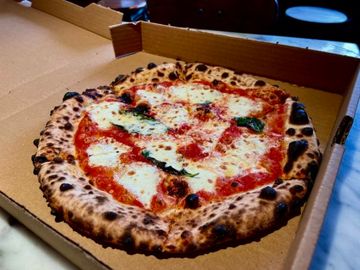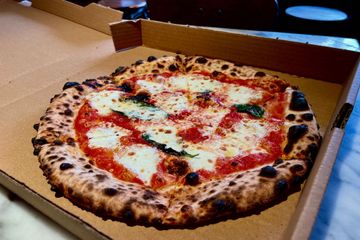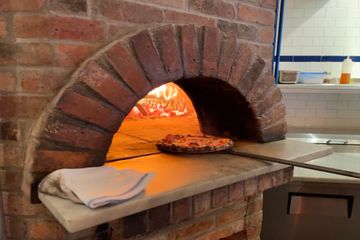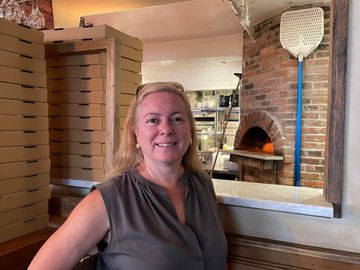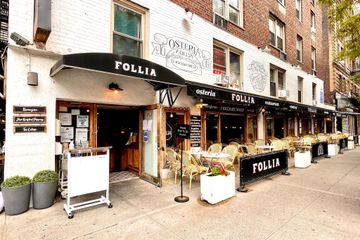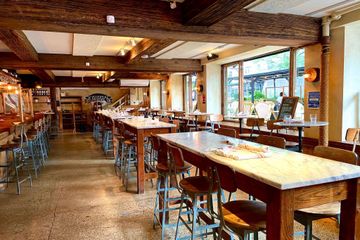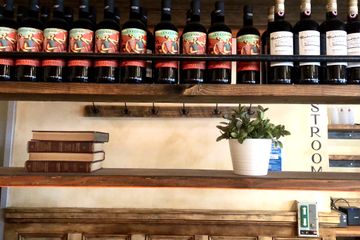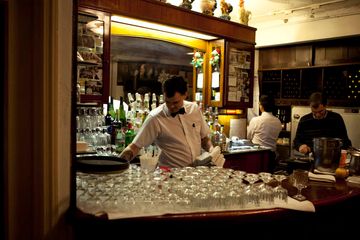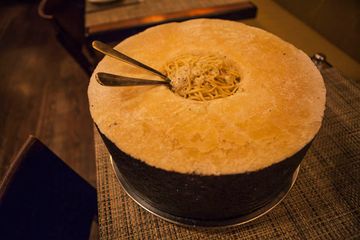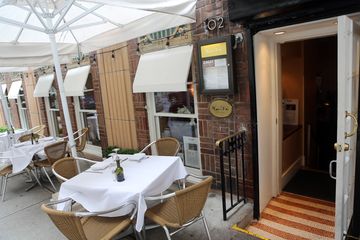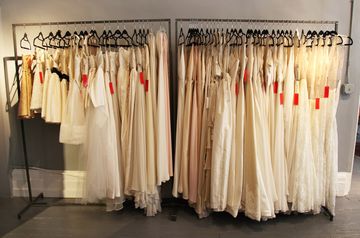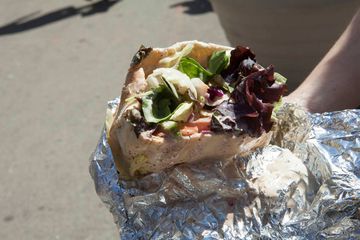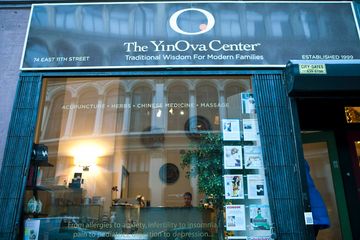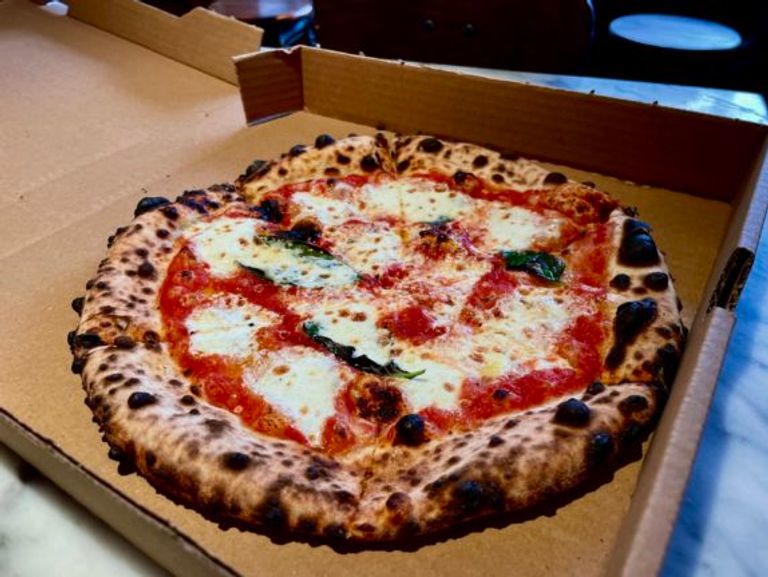
Suzanne Riva may co-own three other New York City restaurants, but she calls Follia her “baby.” Suzanne has spent her life in the restaurant business; she grew up working in restaurants, studied at the Cornell Hotel School, and trained at the Cordon Bleu in Paris. She met her husband and business partner, Mario Riva, working as the general manager at Candela, which he opened with his brother in 1996.
In an effort to fulfill her dream of running her own "little neighborhood spot," in 2010 - after closing a nearby restaurant - Suzanne and Mario opened La Follia at Third Avenue and East 19th Street. As her friends questioned the decision to jump into another business venture, she chose the name La Follia, or “the madness” for their latest endeavor. Five years later, they moved to their current location on East 17th Street, a larger, more inviting space with extensive outdoor seating and a wood-burning pizza oven.
Follia serves a menu of delicious Italian food, including pastas, meat, chicken, fish, and pizza, paired with an extensive wine list. Suzanne loves the simplicity of Italian food, its health, and the way that it highlights fresh ingredients. The dishes and flavors reflect her appreciation for the produce she has access to at the nearby Union Square Greenmarket.
One of the things that Suzanne is most proud of is the family she has built out of her staff, some of whom have worked with her for the past twenty years. In an industry where retention is difficult, she has maintained a great core of people through the challenges of 9/11, the stock market crash, and now the COVID-19 pandemic.
At the end of the summer of 2021, Suzanne is anticipating all the changes coming to the restaurant business, experiencing first-hand how rising rents and food prices, combined with the pandemic, make staying in business extremely difficult. She worries about the future of neighborhood spots. “Everyone has been through a lot and is doing their best. We’re on a big learning curve, and I’m hoping that people will be patient.”
A longtime local, Suzanne calls Gramercy Park “the best neighborhood in New York City.” Her customers are kind, supportive, and understated. Many of them visit her restaurant multiple times a week. “Everyone has a good story,” she said. That proved to be true when she greeted a regular customer as he passed by on the street with his family. She then turned and told me that the man she had just said hello to was Nigel Harrison, the former bass guitarist of the band Blondie.
Since arriving in Gramercy in 1995, there are fewer small businesses, but the neighborhood still retains its character. Much of that comes from the people. “They know who they are,” she said. “They’re not trying to impress anyone.” And there is one more thing Suzanne loves about New Yorkers: many of them do not cook!
